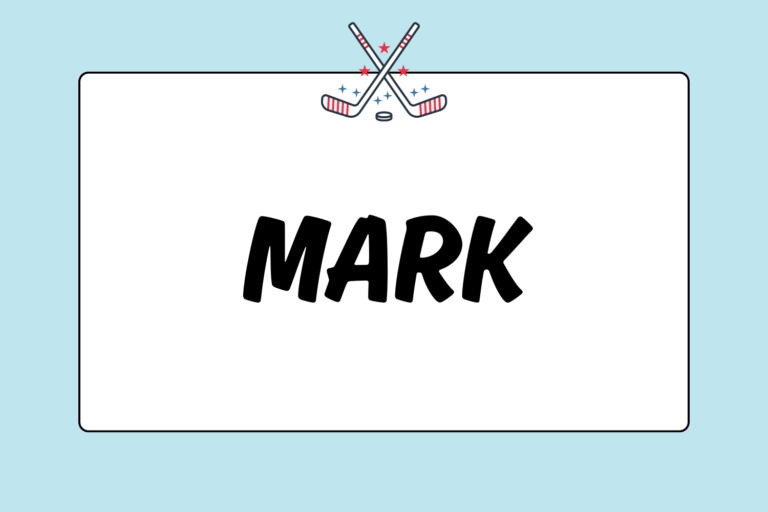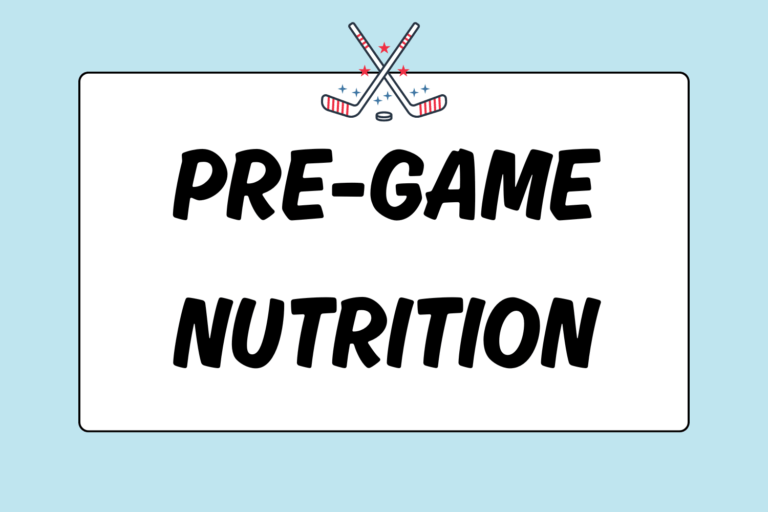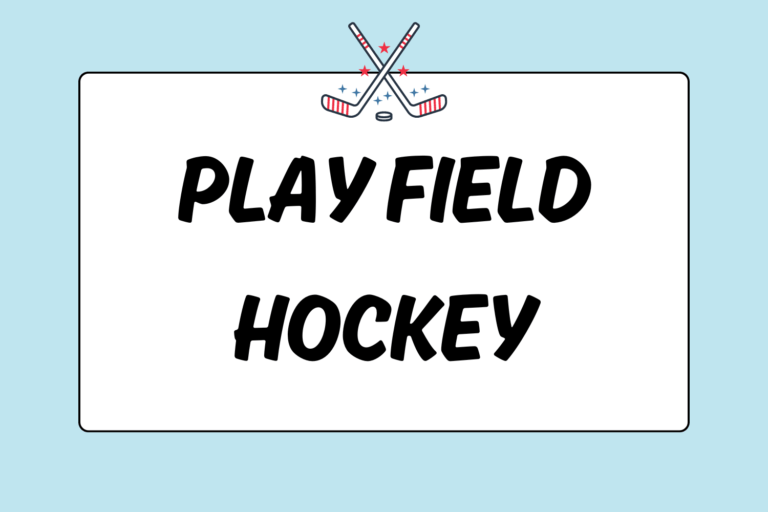A great goalie will have had in-depth instruction on positioning, basic stops, and how to get ready for a shot, and that all accumulates to one thing: Training her how to stop the ball. But, the plays don’t stop there. People may “ooh” and “ahh” at a goalie’s spectacular saves during a game, but what they might overlook is the simplest skill that makes all the difference: Clearing the ball.
Clearing the ball allows a goalie to get the ball out of her zone to eliminate the possibility of any rebounds or second-chance shots. This guide will teach you how to clear the ball by kicking it out of the circle and a few alternative techniques, as well.
Quick Overview
As a goalie, your goal is to clear the ball out of the circle as soon as possible. You are allowed to use your stick, feet, and legs to stop or propel the ball away from the goal. You may also use any other body part, like your arms and hands, so long as you do not endanger any surrounding players. However, you are never allowed to obstruct the play of the ball by lying on it. So, because you cannot protect the ball by covering it, you need to be able to clear it immediately. You can do this by using your stick or your feet (kickers).
Quick Feet
No matter which method you plan on using to clear the ball, you have to approach it correctly. If you are chasing the ball, take big steps as you accelerate towards it, and then break down to small stutter steps as soon as you get close to it (about stick’s distance away). By doing this, your feet will be closer together when you approach the ball and on guard for any quick, unexpected shots.
Take It to the Sidelines
The most important aspect of clearing a ball is placement. This means that you have to clear it strategically, either to a teammate or to the sidelines. No matter where you place it, know that the point of clearing the ball is to get it way from your goal.
Never send the ball back to where it was shot from because the shooter will be ready to collect any possible rebounds. When in doubt, kick it to the sides.
Sweet Spot Kick
The “sweet spot” refers to the inside of your kicker (foot pad) — the inside of your foot. Clearing the ball with your sweet spot will give you more power, control, and accuracy compared to any other place on your kicker.
To get the most power on your clear, try to kick the ball on the first touch. By doing this, you can redirect the ball’s force and gain more momentum off your kick.
If you are going to kick the ball with your sweet spot, start standing parallel to the goal line with your non-kicking foot (whichever is closes to the goal) pointed towards the sideline. The foot closest to the goal is always your non-kicking foot because it protects the goal in case you miss the kick. To reduce the chances of miss-kicking the ball, make sure to sweep your foot along the ground as you kick.
To clear the ball:
- Start in the ready stance as you prepare for a shot on goal. Assess whether the ball is coming slow enough to clear it on the first touch or if you need to stop the ball before clearing it. The next steps apply to both situations.
- Point your back foot (non-kicking foot) towards the sidelines. Step forward with your non-kicking foot so that your kicking foot makes contact with the ball slightly behind it. Keep your torso facing forward and away from the goal.
- Align the inside of your kicking foot with the path of the ball. Sweep your foot along the ground and make contact with the ball towards the middle of the inside of your foot. As you sweep your foot forward, turn your hips to face your target. Keep your eyes on the ball and lean slightly over the ball for additional power.
- Follow through by continuing the kick after the ball has left your foot.
Front Foot Kick
Kicking the ball with the front of your foot (at the toe) is less commonly used than the inside of your foot. Most goalies do not like to use the front of the kicker to clear the ball because the pad is angled upward, which could unintentionally lift the ball. While you are allowed to clear the ball over the heads of the players inside the circle, it cannot put anyone in immediate danger. If the ball is lifted to a height that could potentially hit someone, the referee will call a penalty corner against your team.
So, when clearing the ball with the front of your foot, make sure to lean over the ball to reduce the chances of lifting it. To kick the ball with the front of your kicker:
- As you approach the ball, keep your body between the ball and the goal at all times.
- Take big steps to meet the ball and break down to stutter step as soon as you get close to it. Assess the speed of the ball and determine whether you need to stop the ball before kicking it or if it is slow enough to kick on the first touch.
- Step forward with your non-kicking foot and point it in the direction you want to send the ball (aim to the sides).
- Kick the ball by bringing your back foot (kicking foot) forward while sweeping it along the ground. Make contact with the ball on the front of your kicker (foot). Turn your hips to face your target and lean slightly forward to keep the ball on the ground.
- Follow through by continuing to bring your foot forward after making contact with the ball.
Stick Clears
Clearing the ball with your stick is used most commonly on turf as a last resort. You don’t get as much power or accuracy with a stick clear than you do with a kick because you only control the stick with one hand. That makes it a lot harder to hit with.
There is no right or wrong way to clear the ball with your stick, but there are a few guidelines to follow. To clear the ball with the stick, you can sweep the stick across the ground and push the ball out of the zone:
- Start low to the ground. You can be in a diving position or with your knees bent and body low.
- Place your right hand on the ground so that the bottom edge of the stick is completely flat on the ground.
- Keep your stick between the goal and the ball.
- Again, you have to determine whether you can clear the ball on the first touch or if you need to stop and control it first. Once you’ve determined that, sweep the stick along the ground by cocking your wrist back and then snapping it forward.
- Make contact with the ball on shaft of the flat side of the stick (its face).
- Angle the stick so the ball leaves the shaft and is redirected to the sides of the goal.
Remember, this move is used as a last resort because getting power and accuracy with a one-handed sweep is difficult. But, this move is good for play in front of the goal when you need to clear the ball out as quickly as possible.
Hot Tip: Keep Your Foot Down
On your kick, do not lift your foot off the ground. This will reduce the likelihood of the ball sneaking under your foot and into goal.
Hello, Goodbye
Your main goal is to clear the ball out of the zone as quickly as possible. So, always try to incorporate a clear into your save. You are not allowed to cover the ball, so anything lose in front of the goal will give the other team shooting opportunities. Be aware of that.
As a goalie, your main goal is to eliminate any scoring opportunity in front of the goal due to a goalie’s error, and clearing the ball on grass is much harder than doing so on turf. So no matter what surface your practice on, make sure your kicks are powerful and accurate. If you can keep the ball out of your zone, you will make your team’s life a whole lot easier.





